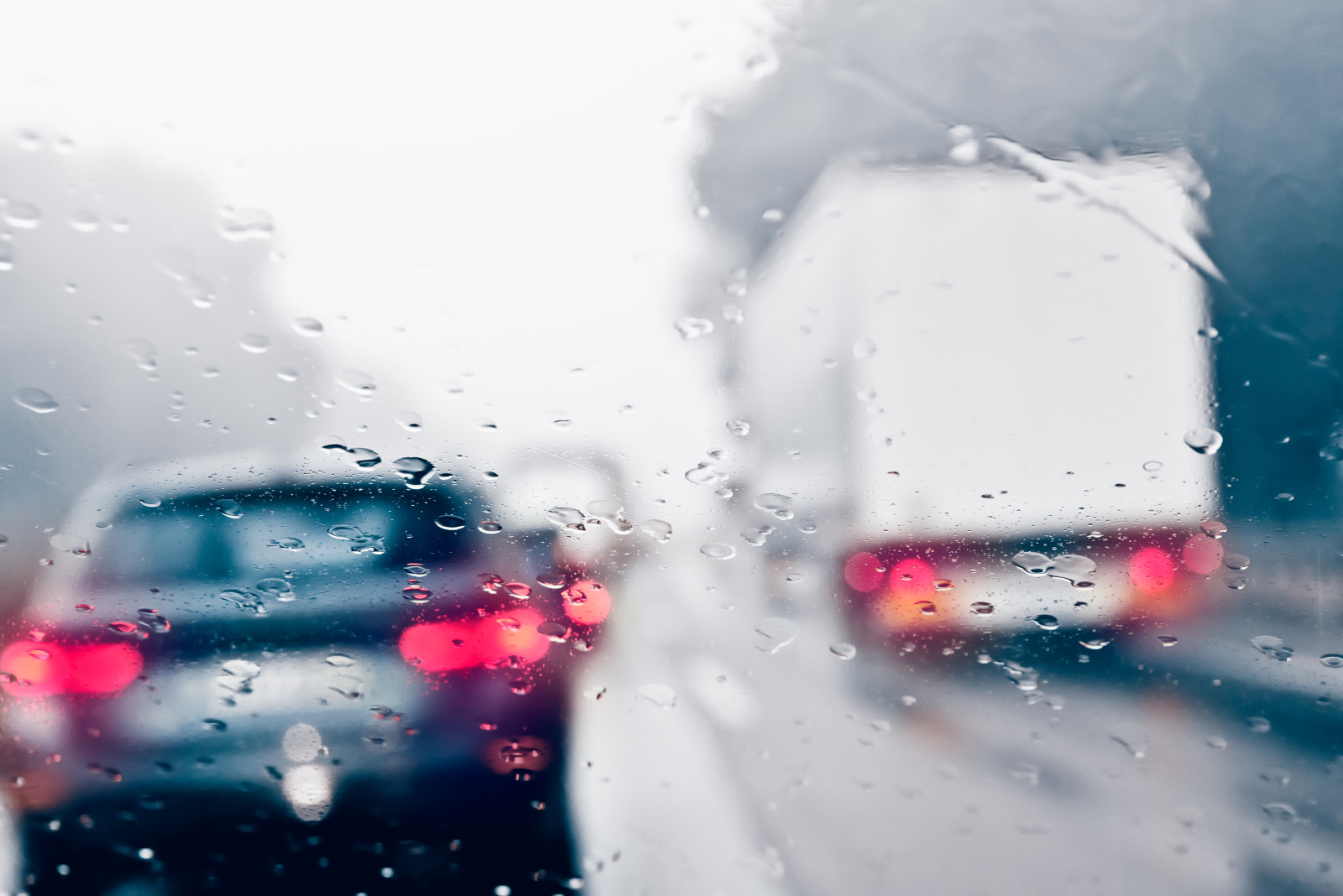
This weekend, several areas across central, southern and eastern England have experienced extremely heavy rainfall that’s led to numerous flood alerts and warnings.
With further heavy rain forecast in places today, driving conditions could get tricky. To help, we’re focusing this week’s blog on how to drive safely in such adverse circumstances.
Key recommendations
Whether you’re a new or experienced driver, navigating through heavy rain and/ or floodwater can feel hazardous, particularly if it catches you unawares.
There are, however, some actions you can take to increase your chances of staying safe during such wet weather, not least of which is to remember to increase your stopping distances. Alongside this, here are the key points recommended by the AA.
How to drive in heavy rain
- Turn your headlights on – the Highway Code says you must use them when visibility is seriously reduced (less than 100m).
- Use fog lights if necessary, but remember to switch them off when visibility improves.
- Leave twice as much space between you and the car ahead of you – it takes longer to stop when the roads are wet.
- ‘Aquaplaning’ can happen when a layer of water builds up between the vehicle’s tyres and the road surface. This can reduce grip and make your steering wheel feel light. Should this occur, it’s best to ease off the accelerator and slow down gradually.
- If you break down, avoid propping up the bonnet while you wait for assistance. Rain-soaked electrics can make it harder to re-start the engine.
- In the event of extremely heavy rain, consider stopping and waiting until it dies down. If you’ve not yet set off and the journey can wait, avoid driving altogether.
How to drive through floodwater
If you hear there is flooding coming your way and your vehicle is parked up, try to move it to higher ground to prevent damage. Water and your vehicle’s electrics are not happy companions!
If you are driving and encounter floodwater, the AA’s number one piece of advice is to avoid driving through it. If there seems to be no other option, then follow these tips:
- Don’t drive into flood water that’s moving or more than 10cm (4 inches) deep. Some roads may have a depth gauge which shows you the level of flooding – this can be useful for seeing if you’ll comfortably make it through or not.
- Let approaching cars pass first.
- Drive slowly and steadily (around 3-4 mph) so you don’t make a bow wave.
- Use higher revs than usual.
- Keep the car moving and avoid stalling.
- Test your brakes as soon as you can after you come out of the floodwater.
- Remember that fast-moving water can be very powerful, so this should especially be avoided as you and your car could be swept away.
- If you do get stuck in floodwater, it’s usually best to wait in the car and call for help rather than try to get out.
We hope that no-one is facing a too difficult journey today due to the wet weather but also that, in the event of that occurring, these tips might be useful. Let us know if you have any further advice by commenting over on our Facebook or LinkedIn pages.
23.09.2024
Feature image: trendobjects/Shutterstock.com
Information source: The AA. Find further advice on driving-related issues here.








